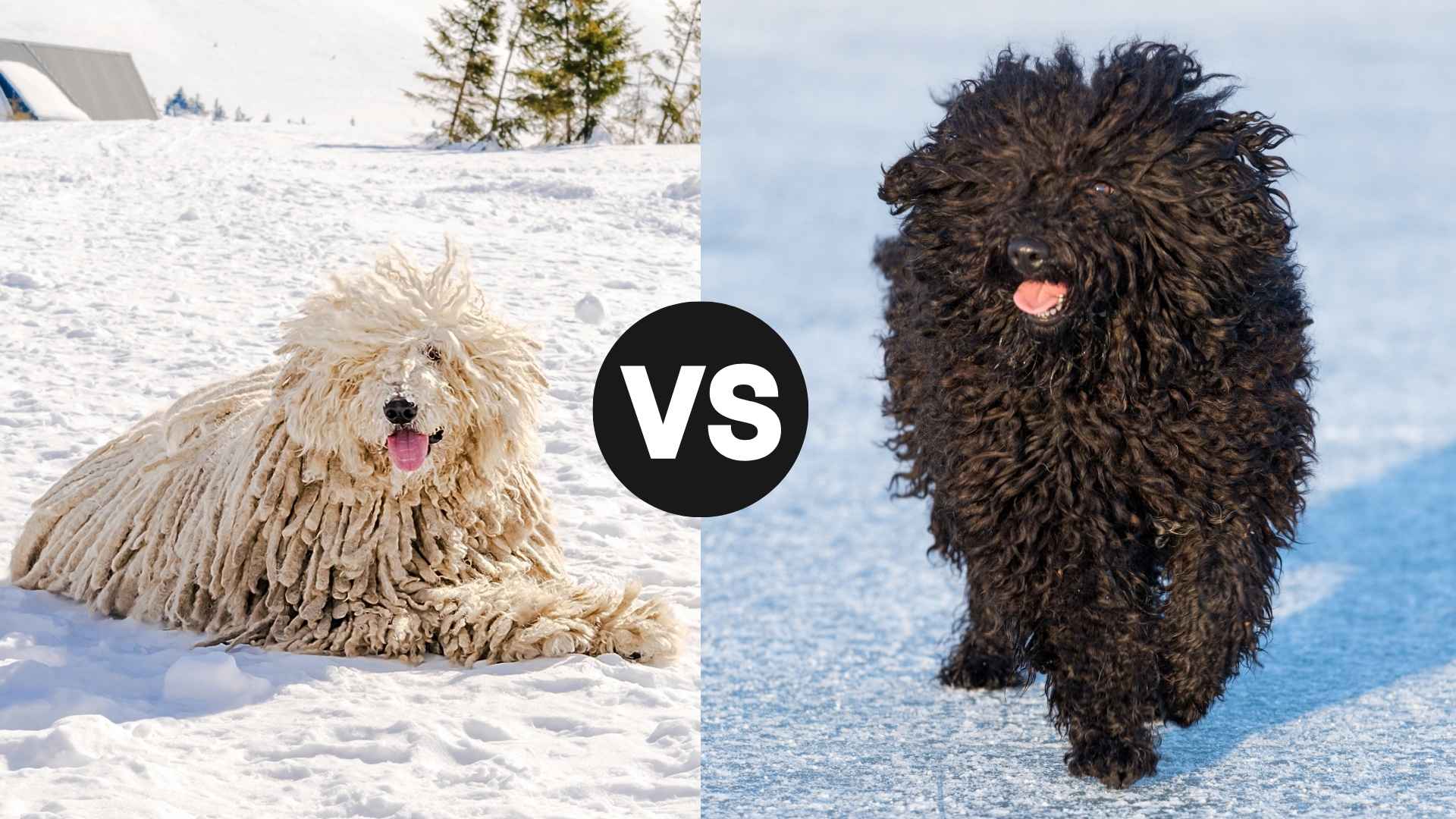Imagine walking into a room and spotting two dogs that look like living, breathing mops—yep, that’s a sight you won’t forget! With their long, corded coats and an almost mystical presence, these fluffy powerhouses turn heads wherever they go. But don’t let their looks fool you; beneath all that hair, they’ve got some serious personality and history.
One is a fearless guardian breed, always on high alert, ready to protect its home and family without a second thought. The other? A high-energy, fun-loving dynamo that thrives on action, always bouncing around like it’s got springs for legs. They may share a similar look, but trust me, they couldn’t be more different when it comes to temperament and lifestyle needs.
So, if you’ve ever wondered what sets these two apart (besides their epic coats), you’re in the right place. Let’s dive into what makes each of them so unique!
Komondor vs. Puli: Key Differences
This table highlights key differences to help you choose the breed that best suits your needs!
|
Feature |
Komondor 🦴 |
Puli 🐾 |
|---|---|---|
|
Size & Weight |
Large, 80-100 lbs |
Small to medium, 25-35 lbs |
|
Height |
25-30 inches at the shoulder |
16-17 inches at the shoulder |
|
Coat Type |
Long, heavy corded coat (resembles mop-like dreadlocks) |
Dense, lightweight corded coat with tight curls |
|
Coat Color |
Always white |
Typically black, but can be white, gray, or rusty black |
|
Purpose |
Livestock guardian, protects flocks from predators |
Herding dog, controls and moves livestock |
|
Temperament |
Loyal, protective, independent, reserved with strangers |
Energetic, playful, intelligent, friendly but alert |
|
Trainability |
Stubborn, needs firm training |
Highly trainable, excels in obedience and agility |
|
Exercise Needs |
Moderate; prefers guarding over playing |
High; loves running, herding, and agility sports |
|
Living Space |
Best for large farms/rural areas |
Adapts well to active households, even apartments |
|
Grooming Needs |
High maintenance, coat requires careful separation of cords |
Moderate grooming, coat needs occasional maintenance |
|
Lifespan |
10-12 years |
12-16 years |
|
Best For |
Owners needing a guardian dog for livestock or property |
Active families wanting a smart, playful herding dog |
Komondor: A Guarding Dog
The Komondor is an ancient breed from Hungary, originally bred to guard livestock against predators. Its roots trace back over a thousand years, with ancestors believed to have been brought by the nomadic Magyars. Even today, the breed remains a proud symbol of strength and protection in Hungarian culture.
According to American Kennel Club, this giant dog stands over 27 inches tall and weighs more than 100 pounds, making it an imposing guardian. Its distinctive corded coat provides insulation and protects its skin against bites. Beneath all that fur, the Komondor is a powerful, muscular dog built for endurance and agility.
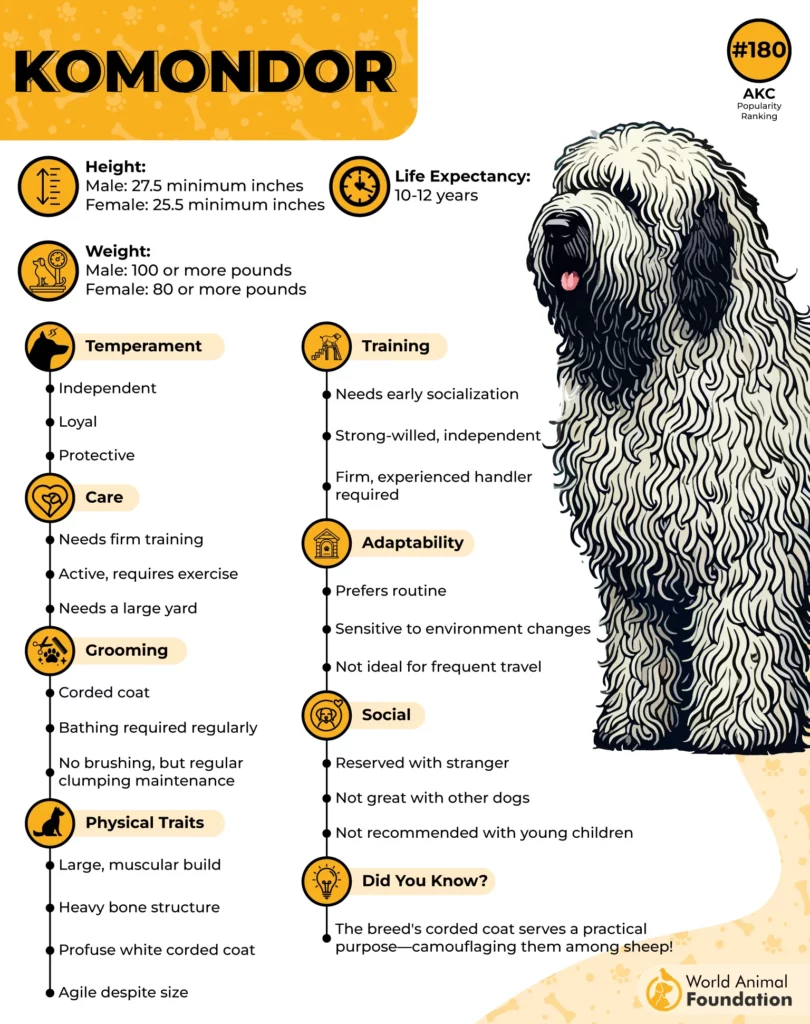
A natural protector, the Komondor is independent, territorial, and deeply loyal to its family. Despite its strong-willed nature, the Komondor is intelligent and capable of learning, though training requires patience. It thrives in a home with space and a firm, experienced owner who understands its protective instincts. This breed isn’t for everyone, but for those who appreciate its unique qualities, the Komondor is an unmatched guardian.
Puli: A Herding Dog
The Puli is a small but mighty herding dog with roots in Hungary, dating back over a thousand years. Brought by the Magyars, this breed was developed to herd livestock with its agility and intelligence. Despite its compact size, the Puli dog was highly valued for its ability to control flocks and work tirelessly in the fields.
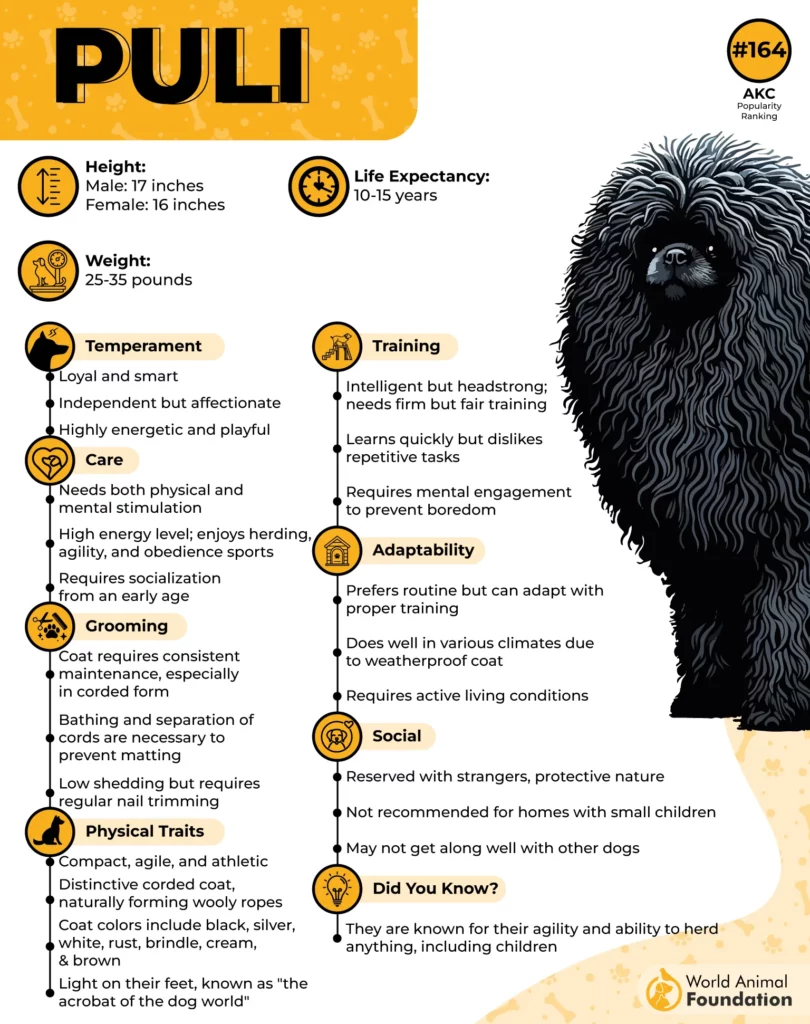
PetMD states that most adult Puli dogs have a long, corded, double coat, which resembles a mop. Energetic and playful, the Puli has a lively personality and thrives on activity. It is highly social and bonds closely with its family, making it an affectionate canine companion. However, its strong herding instincts mean it may try to “herd” children or other pets, so early training is essential.
The Puli is highly intelligent and eager to learn, making training relatively easy compared to more stubborn breeds. It excels in obedience, agility, and even problem-solving tasks. While it’s friendly and adaptable, this breed needs regular mental and physical stimulation to stay happy and well-behaved.
Komondor vs. Puli: Size and Weight
The Komondor and Puli may share Hungarian roots, but their size difference is striking! The Komondor is a true giant, standing at least 27 inches tall and weighing over 100 pounds, while the Puli is much smaller, reaching around 16-17 inches and weighing just 25-35 pounds. Despite this contrast, both breeds are built for work and agility, each excelling in their roles as herders and protectors.
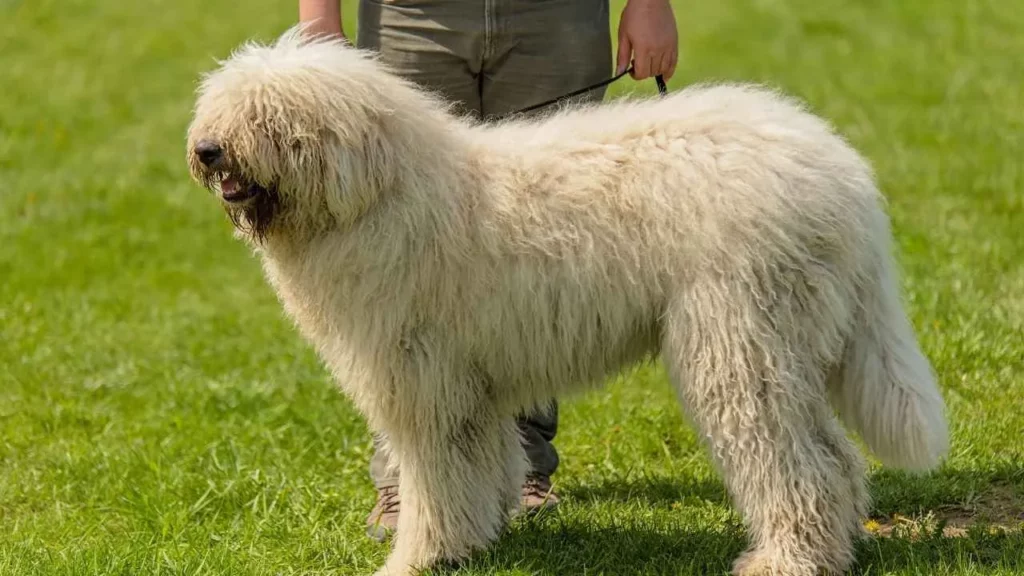
The Komondor’s massive size makes it an intimidating guardian, perfect for deterring predators. Beneath its thick, corded coat lies a powerful, muscular body built for endurance. The Puli, though much smaller, is lightning-fast and agile, capable of darting around other livestock with impressive speed. While the Komondor relies on strength and presence, the Puli thrives on quick movements and intelligence.
Size also affects their growth rates. A Komondor puppy can be as big as an adult Puli within its first year! However, it takes nearly three years for a Komondor to fully mature, while a Puli reaches its full size much faster.
Fun fact: Despite important differences in their size gap, both breeds share a strong work ethic and boundless energy, making them highly effective in their respective roles.
Komondor vs. Puli: Personality and Temperament
The Komondor and Puli may share herding roots, but their personalities are worlds apart! The Komondor is calm, steady, serious, and highly independent, bred to be a fearless guardian, states PetMD. It’s naturally protective and reserved around strangers, always on high alert to defend its family. In contrast, the Puli is lively, playful, and social, loving attention and interaction with people and other pets.
The Puli thrives on activity and mental stimulation, making it an energetic and fun house companion. It’s highly intelligent and often tries to “herd” its family members, especially children! Meanwhile, the Komondor is more laid-back but deeply loyal and devoted, forming strong bonds with its owners. It’s affectionate with family but isn’t overly clingy, preferring to keep watch rather than seek constant attention.

Despite their differences, both breeds are incredibly smart and strong-willed, requiring early training and socialization. The Puli loves to entertain with its agility, while the Komondor takes its guardian role seriously. Whether you want a playful, energetic friend or a calm, protective watchdog, both breeds bring something unique to the table!
Komondor vs. Puli: Activity Level and Playfulness
When it comes to energy and playfulness, the Puli is a non-stop dynamo, always ready to run, jump, and herd anything in sight! This breed loves interactive play, agility training, and any activity that keeps its sharp mind engaged. The Komondor, on the other hand, is much more laid-back, preferring to conserve energy unless duty calls.
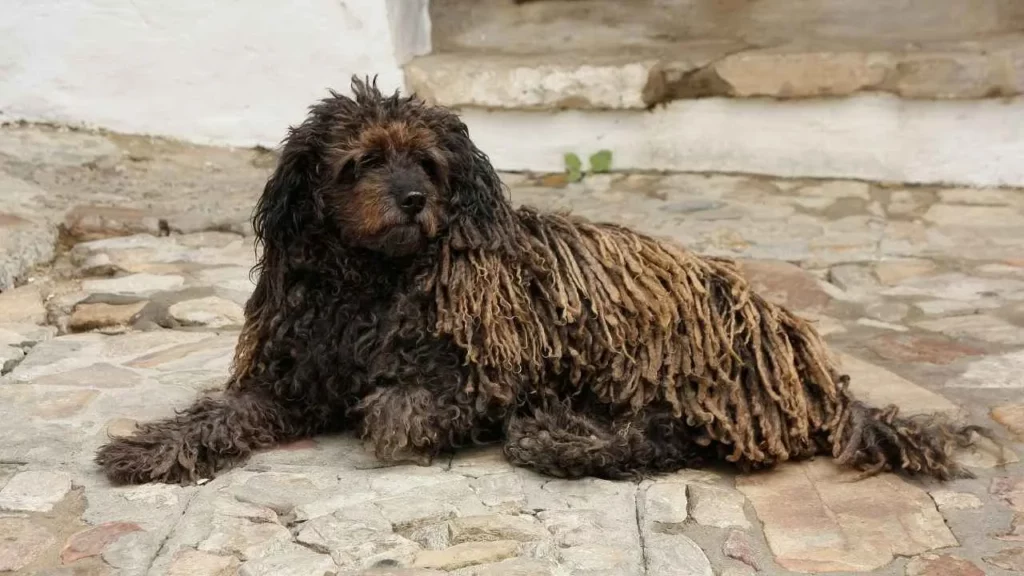
The Puli, a high energy dog, thrives on movement and needs plenty of exercise and mental stimulation to stay happy, states WebMD. It enjoys playing fetch, learning tricks, and even running obstacle courses. The Komondor, while still strong and capable, isn’t as playful, instead using its energy for guarding rather than games. It enjoys space to roam but doesn’t have the same high-energy bursts as the Puli.
If you want a constant playmate, the Puli is the perfect choice—it’s fun, a bit mischievous, and always on the move! But if you prefer a low energy dog who’s alert yet relaxed, the Komondor’s calm and steady nature might be a better fit. Both need exercise, but the Puli will keep you on your toes much more!
Komondor vs. Puli: Trainability and Intelligence
Both the Komondor and Puli are highly intelligent, but their trainability differs. The Puli is eager to learn, quick to pick up commands, and loves interactive training. It thrives on mental challenges and enjoys tasks that keep it engaged. The Komondor, while just as smart, is more independent and may question commands before obeying.
The Puli’s playful nature makes training fun, as it responds well to positive reinforcement and enjoys agility work. In contrast, the Komondor requires firm, consistent training from an early age. It’s a natural guardian, which means it needs strong leadership to ensure it listens and follows commands reliably.
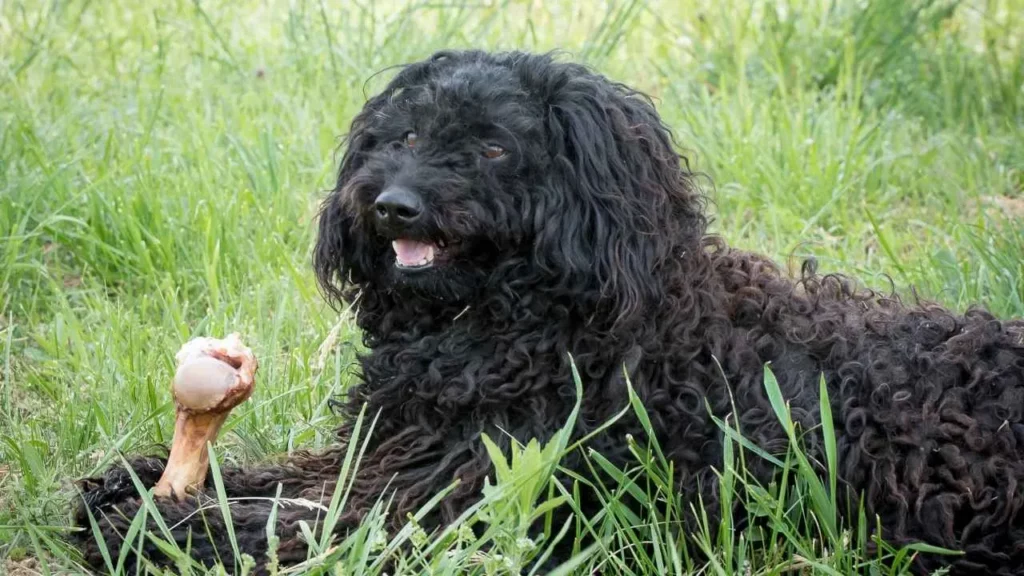
Both breeds need early socialization and obedience training, but the Puli is more cooperative, while the Komondor can be stubborn. If you want a fast learner who enjoys training, the Puli is a great fit, but if you’re up for the challenge of guiding an independent thinker, the Komondor’s loyalty is unmatched!
Komondor vs. Puli: Allergies and Grooming Needs
The Komondor and Puli both have unique, corded coats, but their grooming needs are no joke! The Komondor’s thick, heavy cords require regular separation to prevent matting and debris buildup. The Puli, with its lighter, springy cords, also needs maintenance, but it’s slightly easier to manage than the Komondor’s dense coat, mentions AKC.
Neither breed sheds much, making them hypoallergenic dog breeds, but their coats trap dirt and moisture easily. Regular baths are essential, but drying takes hours—sometimes even a full day! Brushing isn’t needed, but cord care is a must to keep their coats clean and healthy.
If you’re up for the grooming challenge, these iconic mop-like dogs are worth the effort! Their coats protect them from harsh weather, but without proper care, they can become messy fast. Low shedding doesn’t mean low-maintenance dogs, so be ready for a unique but rewarding grooming routine!
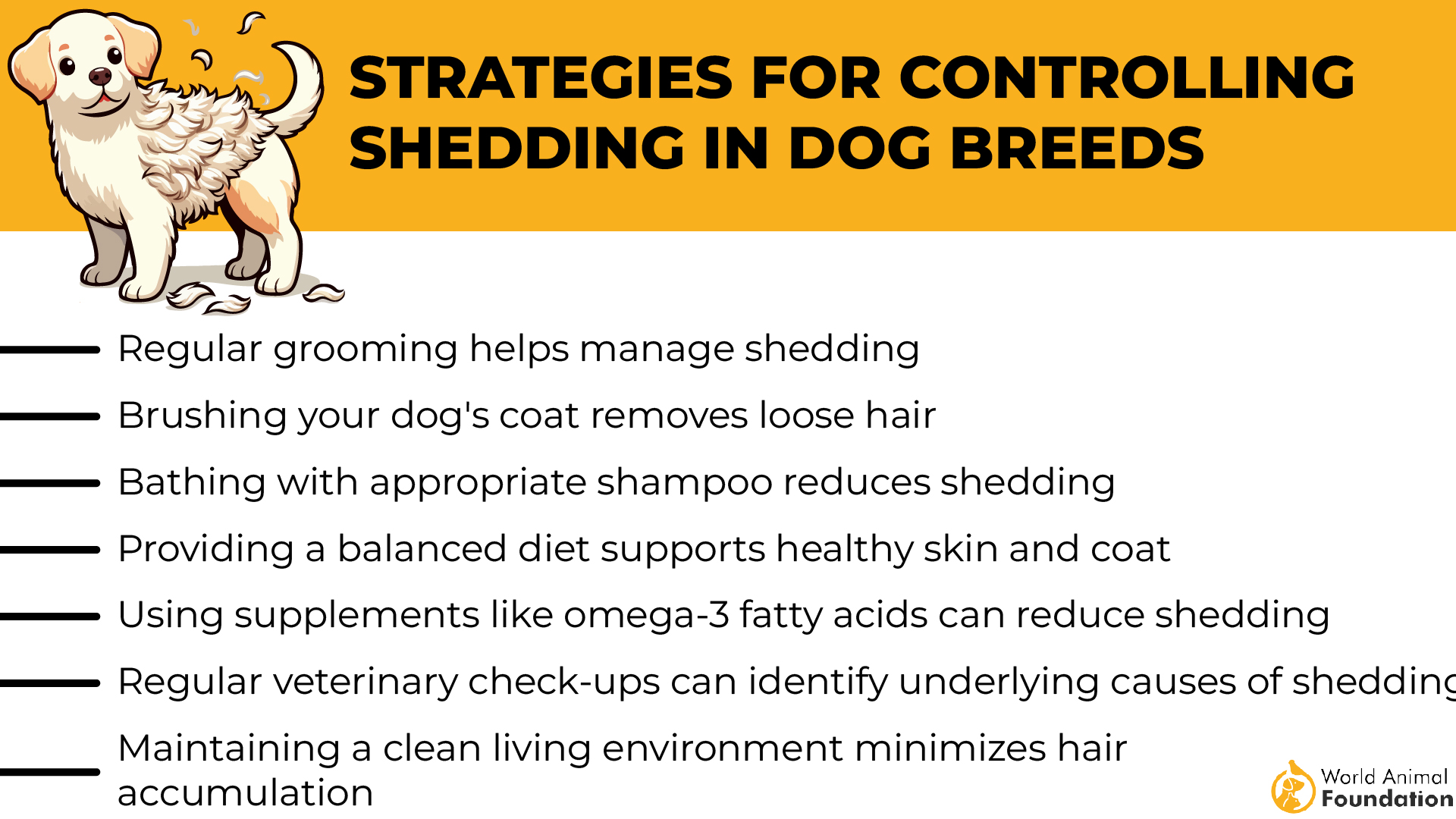
Komondor vs. Puli: Health and Lifespan
Both the Komondor and Puli are generally healthy breeds, but they do have some genetic concerns. The Komondor, being a large breed, is prone to hip dysplasia and bloat, which can be life-threatening if not managed properly. The Puli, on the other hand, is smaller and more agile, but it can suffer from eye issues and joint problems as it ages.

When it comes to lifespan, the Puli has the advantage, living around 12 to 16 years, while the Komondor typically lives 10 to 12 years, as stated by Hill’s Pet. The Puli’s active lifestyle helps keep it in shape, while the Komondor’s heavier frame means it needs careful weight management and a balanced diet. Regular vet check-ups are crucial for both breeds.
Despite their differences, both need proper exercise, a nutritious diet, and routine health care to live long, happy lives. The Puli stays sprightly even in old age, while the Komondor remains a steady, loyal companion for years. With the right care, both breeds make wonderful lifelong friends!
Which Dog is Right for You?
Still not sure whether the Komondor or Puli fits your lifestyle? Here’s a quick comparison:
Choose a Puli if you want:
✔ A smaller, highly agile herding dog
✔ A playful, energetic companion that loves activity
✔ A breed that’s easier to train and excels in obedience
✔ A dog that thrives in active households and enjoys agility sports
Choose a Komondor if you want:
✔ A larger, heavier-boned guarding dog
✔ A calm but fiercely protective watchdog animal
✔ A breed that is loyal yet independent, with strong guarding instincts
✔ A dog that’s content guarding your home or livestock rather than constant play
Conclusion
The Komondor and Puli may both be Hungarian herding dogs, but they serve different roles with their unique coats and temperaments. The Puli, with its tight curls and corded coat, is an agile and smart shepherd that thrives in herding and watching over sheep on the Hungarian plains. In contrast, the Komondor is a heavier-boned guarding dog, bred to protect livestock from wolves and other predators. Their coats aren’t just for show—the Puli’s coat forms mats naturally, while the Komondor’s cording style helps it blend in with sheep, making it a strong, fearless protector.
When it comes to grooming, both breeds require dedication. The Puli’s soft coat transitions into an adult coat that forms tassels, while the Komondor’s coat is coarser, resembling goat hair. Without proper maintenance, coat matting can become an issue, especially in show ring dogs. Unlike the Bergamasco coat, which has a more variable presence of mats, both the Puli and Komondor demand careful coat separation. Their coats also come in different shades—the Komondor coarser outer coat is always cream or white, whereas the Puli can be rusty black, gray, or even merle in rare cases.
Beyond their appearance, these three breeds—Puli, Komondor, and Bergamasco—share a history of guarding and herding. The Komondor’s strong pack mentality makes it highly protective, while the Puli’s obedience and agility suit it for competitive training. Both breeds are deeply loyal to their owners, but their guarding instincts mean they can be wary of strangers. Whether you’re looking for a herding dog, guarding dog, or an energetic agility champion, the Komondor and Puli each bring their own strengths to the table. Choosing between them depends on your lifestyle and whether you need a fearless protector or an agile, intelligent herder!


